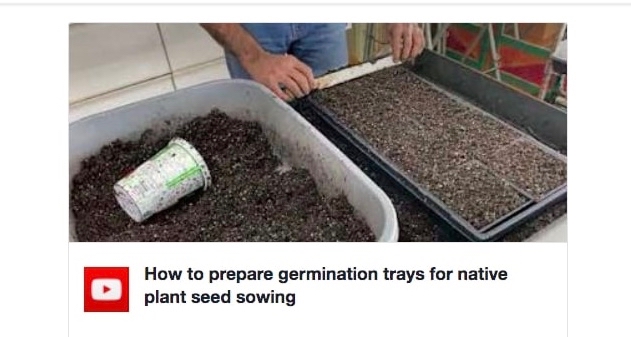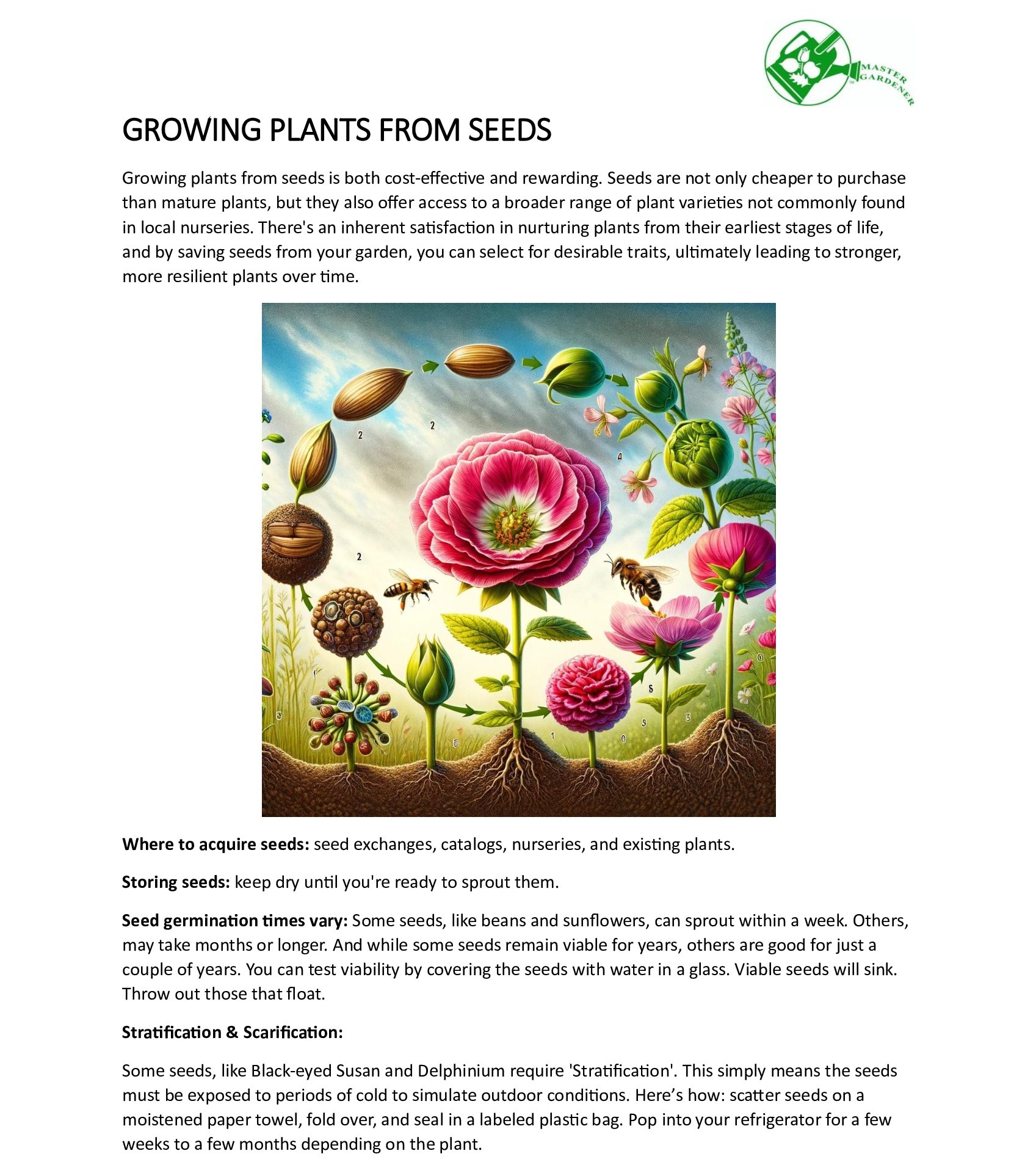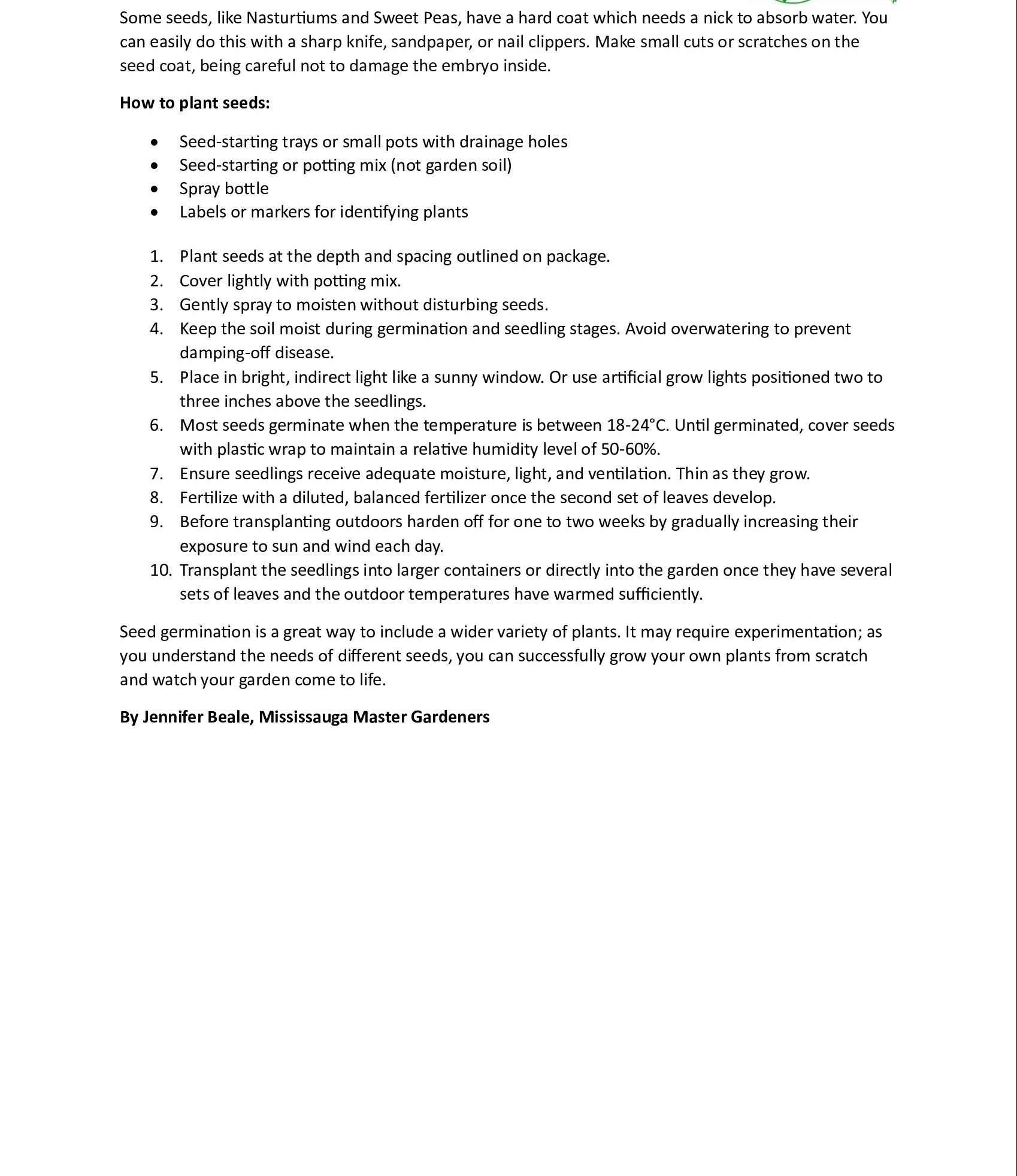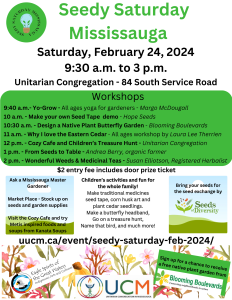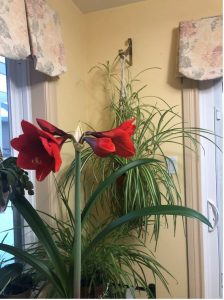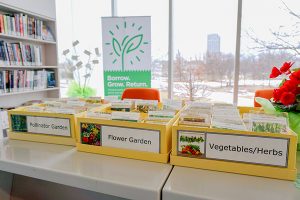How to Grow
Tips & Techniques for the Home Gardener on Growing Plants from Seeds
Brampton Seedy Saturday, March 9th, See you there!
Mississauga MGs will have a gardening advice clinic at Brampton’s
Seedy Saturday March 9th. Bring your garden questions!
The event also offers a great deal more to interest garden aficionados:
- Hear from environmental experts
- Access gardening resources
- Connect with vendors
- Share, swap and buy seeds
- Enjoy the Seedy Café
- Explore the Kids’ Zone
- For more info: //www1.brampton.ca/EN/residents/parks/pages/seedy-saturday.aspx
Seedy Saturday @ The Unitarian Congregation Feb 24th
Hurray for the Amaryllis! Queen of the Christmas Flowers
By Diana Westland, Mississauga Master Gardeners
At this time of year, it is common for us to celebrate the holiday season by filling our homes with evergreens and flowers. The showiest among the flowering plants is the mighty Amaryllis. Many people are intimidated by these bulbs, and once the blooms are over, they discard them. However, for those who can take the time, aftercare for these exotic bulbs is simpler than you think. These bulbs can continue to bloom for you every year.
First, a little background on the Amaryllis plant. The bulbs sold during Christmas originate in South America and are Hippeastrum spp. rather than the original Amaryllis belladonna native to South Africa. These Hippeastrum bulbs have been heavily hybridized over the years. The natural cycle of dormancy, blooming and leaf growth must be emulated for them to bloom for us in December.
The larger the bulb, the larger and the more numerous the flowers. The energy for producing the flowers is stored in the bulb. Therefore, there must be a period where leaves are permitted to develop exposed to full bright but indirect sunlight for a period of several weeks. During this growth period these plants can be treated as houseplants and placed in a sunny window, or placed in the ground or on a sunny balcony in late spring and summer once danger of frost has passed. The more sunlight the leaves receive, the more energy the bulb can store to produce the flowers.
However, as the plants are tropical, grown in USDA Hardiness zone 9-11, the bulbs cannot stay outside in Mississauga in late fall/winter. They must be brought inside. Repotting with sterile soil is recommended if they have been exposed outside to ensure no insect eggs or fungal spores are carried inside to breed during the dormancy period.
My first Amaryllis was a gift. When the blooms ended, I decided I would care for it and hope to get blooms the following year. I moved the plant to a window exposed to morning light. Lily-like leaves emerged and continue to thrive from that Christmas to the following September.
In September I moved the bulb to my cold cellar where there is no light, and temperatures are slightly cooler. The bulb received no water or nutrients during this dormancy period, roughly 8 weeks.
As the leaves faded, I removed them. I restored the bulb to a sunny window in Mid-November and sparingly watered and fertilized it: the soil was allowed to dry between waterings. The flower stalk emerged and produced the flowers in time for Christmas once again. Success!
References:
//plants.ces.ncsu.edu/plants/amaryllis/
Amaryllis, Hippeastrum – Wisconsin Horticulture
Mississauga Seed Library Launch
Welcome spring with the re-opening of the Mississauga Seed Library for 2023.
Now in a new location (while the Port Credit library is under renovation.)
Celebrating the 9th year of the Mississauga Seed Library with workshops, gardening experts and family-friendly activities.
When: SATURDAY MARCH 11th. 10:30 am to 1:30 pm
Location: Small Arms Inspection Building (SAIB)
1352 Lakeshore Road East Mississauga, ON L5E 1E9
Planting native plants from seed instructions Video#2: Sowing Tiny Seed in Trays
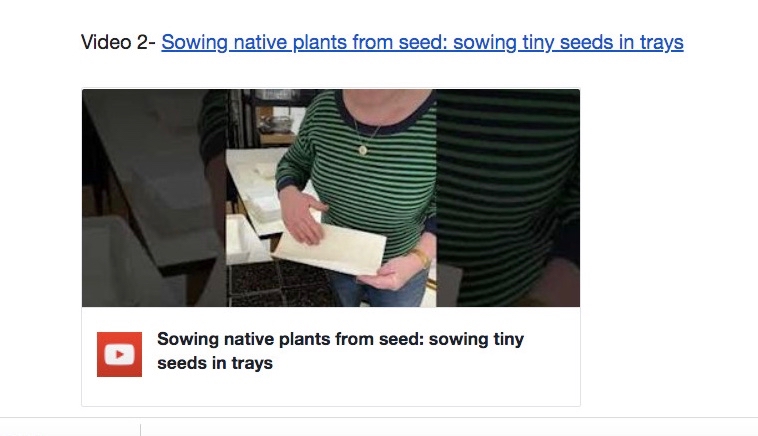
Here’s one method for sowing tiny native wildflower seeds without the risk of overseeding. Catherine Fleming, a Mississauga Master Gardener and volunteer at Blooming Boulevards, demonstrates her very effective technique.
WATCH VIDEO #2 here
Thanks to Jeanne at Blooming Boulevards for providing these videos.
Planting native plants from seed instructions Video #1: How to Prepare Seed Trays
